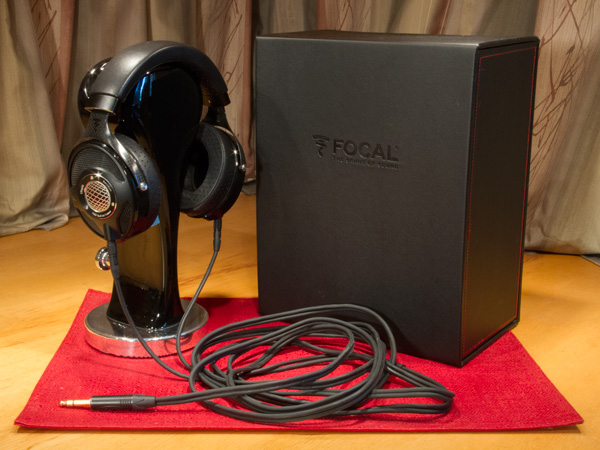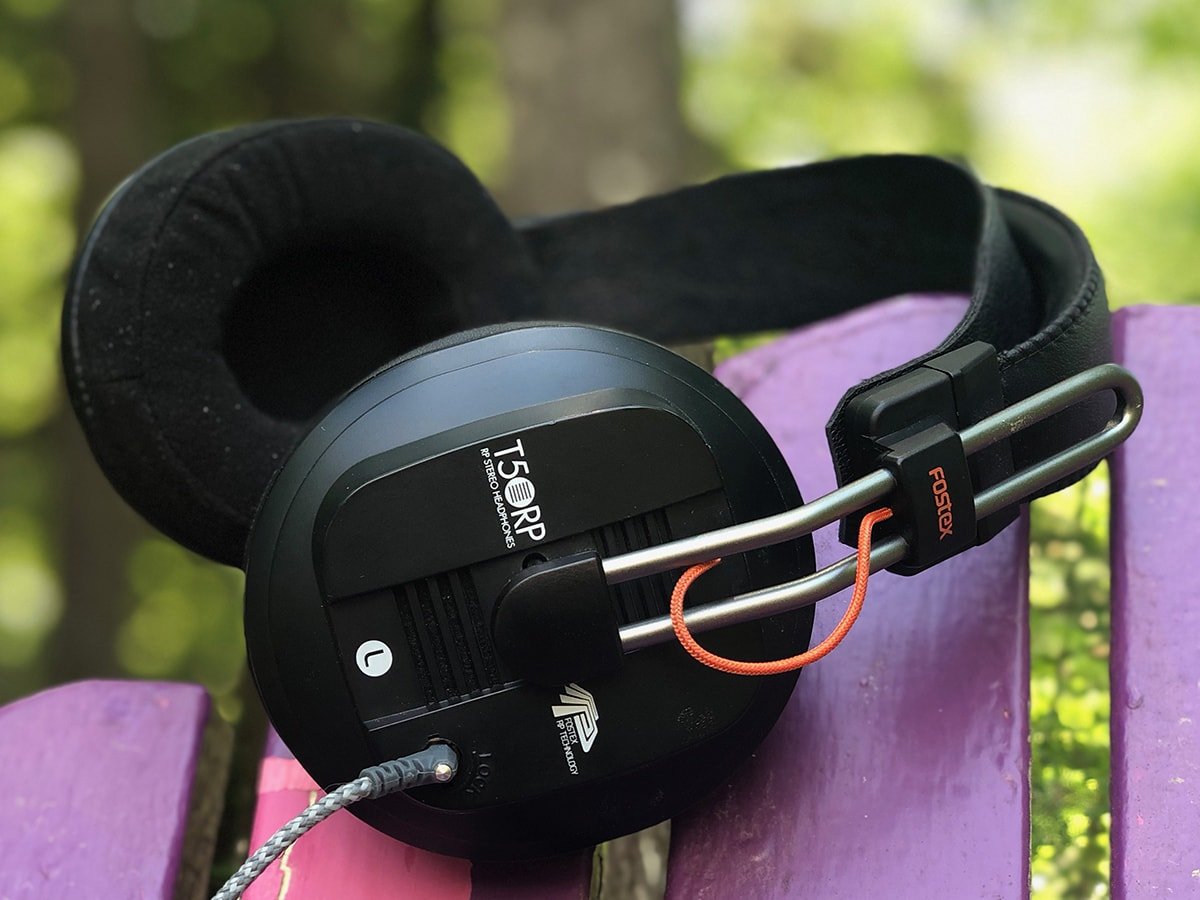nyxnyxnyx
Addicted to Fun and Learning
- Joined
- May 22, 2019
- Messages
- 506
- Likes
- 485
First of all, I apologize if similar threads were created prior to this, I used the search function but did not see any.
I am a headphones enthusiast. I have tried many, from some people would laugh at (dt990, grados...) to widely appreciated models (hd650, arya, hd800s....). It's easy to read and exchange subjective opinion nowadays thanks to dedicated audio forums, but what I am missing here is technical insights to broaden my knowledge.
There are so many technical things I like to know better but don't know where to start, like how do different designs of planar work and what they each bring to the table (f.e let's say Audeze LCD2 versus Hifiman HE400), how many ways are there to physically damp the transducer, pros and cons of coating beryllium versus other types of coating, etc....
This forum is probably one of the most objective audio communities so I hope you folks will share what you know about headphones as a whole to help me gain a better understanding. Any articles, books or webinars are greatly appreciated!
I am a headphones enthusiast. I have tried many, from some people would laugh at (dt990, grados...) to widely appreciated models (hd650, arya, hd800s....). It's easy to read and exchange subjective opinion nowadays thanks to dedicated audio forums, but what I am missing here is technical insights to broaden my knowledge.
There are so many technical things I like to know better but don't know where to start, like how do different designs of planar work and what they each bring to the table (f.e let's say Audeze LCD2 versus Hifiman HE400), how many ways are there to physically damp the transducer, pros and cons of coating beryllium versus other types of coating, etc....
This forum is probably one of the most objective audio communities so I hope you folks will share what you know about headphones as a whole to help me gain a better understanding. Any articles, books or webinars are greatly appreciated!



